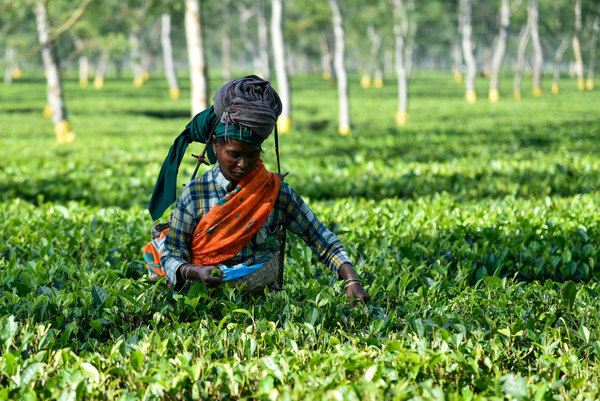Biofuel – the burning issues
It is still an open question whether biofuel can meet a significant proportion of the world’s energy needs, say John Fike and co-authors in a paper in CAB Reviews
Review of 2007
Happy New Year and a big thank you to all those who subscribe or read our blog. It was a good 2007 for the hand picked … and carefully sorted with a full calendar year of blogging under our belt, turning 1 year old on 2nd November. We posted 167 articles on a variety of…
GREENhouse appeal.
The Living Rainforest, near Newbury in the UK, has launched an appeal to find sponsors for the building of a state-of-the-art ‘Green Greenhouse’ building prototype. The aim is to raise £900,000 matched funding to complete construction of the £3.5m building. Unsustainable food/crop production and increasing energy costs mean that new methods of production must be…
Trade, biotechnology, biofuels, ethics: some issues that the sugar industry is thinking about
Having more or less recovered from the flu mentioned in Sarah’s blog entry of 22nd November (no, I wasn’t complaining I was dying — quite the opposite; I kept expecting to be fully recovered the next day and then finding I wasn’t), I went last week to the International Sugar Organization’s annual international seminar (see…
TOPPS – Best Pesticide Practice, Better Water Protection
New advice to protect water bodies from pesticide pollution has been published by EU experts. “Training the Operators to Prevent Pollution from Point Sources” or TOPPS, collates and provides best practice from 15 European countries. TOPPS aims for a sustainable improvement of water quality through education and training.
Bioethanol production arrives in the UK
British Sugar Plant, East Anglia, UK Britain is now officially a producer of bioethanol fuel. The plant, already in operation for a few months, was declared open for business yesterday. Biofuels promise so much, carbon neutrality and reduced reliance on fossil fuels to name a couple. But there are potential pitfalls too – Katherine blogged…
The superfood of the future – Chenopodium quinoa
You may or may not have heard of this already. It’s called quinoa (pronounced keen-wa) and it’s a pseudocereal with properties that have made it an attractive staple food to peoples since the Incas – it was cultivated as early as 3000 BC.Nutritionally, quinoa is thought to be superior to cereal crops as it has…
Pass the Tamiflu!
A bear, a lion and a chicken meet up in a chat room. The bear types: "If I roar in the forests of North America, the entire forest is shivering with fear." Not to be outdone by a mere bear, the lion taps in, "If I roar on the great plains of Africa, the entire…
Do you blog about peer reviewed research?
If so, the recent announcement from BPR3 (Bloggers for Peer-Reviewed Research Reporting) might be of interest to you and potentially increase the readership of your blog.
Blogging from BCPC/IPPC 2007 – Call for Agrochem Education
Day Three of the BCPC Congress here in Glasgow and everything is in full swing. There’s a full programme of seminars, meetings and posters, alongside a buzzing exhibition hall. The quality of freebie giveaways is pretty low, but can whoever is giving out the squeezy brain stress toys please make themselves known? The CABI stand…


